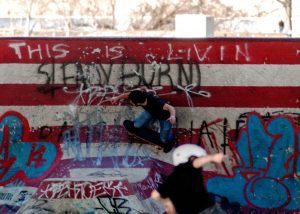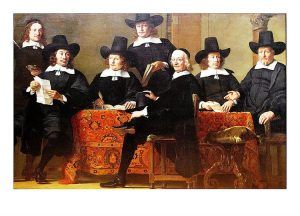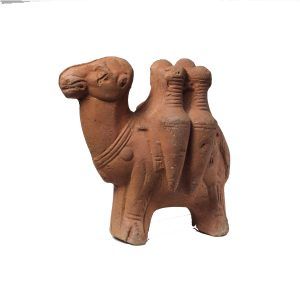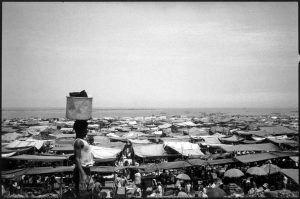by Tamuira Reid
I met Arnie at a Cocaine Anonymous meeting the year before I got sober for the first time. I was high as fuck, eyes lit and hands fidgeting in my lap, then my jacket pockets, then my lap again. Maybe I thought being in a room full of non-high people would help even my scorecard with God. I had a lot of interesting thoughts back then, but I was usually smart enough to keep them to myself.
Arnie was wearing a neon orange trucker hat with the word “Grandma” scrawled above the brim in what looked like sharpie. His long, sixty-something body stretched out from beneath a threadbare track suit, and his sneakers were both untied. I remember being distracted by this, the laces calling my name, Tamuira, Tamuira! Come tie me! I would later learn, over our decade of friendship, that he was claustrophobic, and his feet needed so be able to “breathe better”.
And this was what I found most comforting about about Arnie; his weirdness, his eccentricities. He didn’t need drugs to take him into an altered state because he was already in one.
“Wanna get coffee?”
I rolled my eyes and lifted up my Styrofoam cup, thinking he was just another gross old-timer in the program, picking-up on a newbie.
“I have a sponsor already.”
“I’m not hitting on you, honey. I’m gay,” he said, grabbing a cookie off the table and breaking it in half. “Straight guys don’t do neon.”
“I’m not really sober right now,” I confided. Partly to get rid of him, partly to ease my guilty conscious.
“I can tell. Your jaw is like a goddamn meat grinder.” Read more »

 In October of 2014, a bunch of young men and women did their university proud. A couple of engineers, two finance graduates, a biology major, some finishing accounting and business degrees, and a clutch from the school of humanities and social sciences; Muslims mostly, two Christians, a lone Hindu, one Buddhist wannabe, and two oblivious to religion though aware of its place in other folks’ lives. They came together from Sahiwal, Karachi, Gilgit, Swat, Peshawar, Gujranwala, one from Quetta (non-Baluchi), and two from Delhi via the University of Texas. Though the majority of students and faculty stayed away, these young men and women with similar features and skin tones, in colorful flowing kurtas, chooridars, skinny jeans, funky T-shirts, and hijabs, got together to celebrate Diwali, a festival that celebrates Ram’s return from exile.
In October of 2014, a bunch of young men and women did their university proud. A couple of engineers, two finance graduates, a biology major, some finishing accounting and business degrees, and a clutch from the school of humanities and social sciences; Muslims mostly, two Christians, a lone Hindu, one Buddhist wannabe, and two oblivious to religion though aware of its place in other folks’ lives. They came together from Sahiwal, Karachi, Gilgit, Swat, Peshawar, Gujranwala, one from Quetta (non-Baluchi), and two from Delhi via the University of Texas. Though the majority of students and faculty stayed away, these young men and women with similar features and skin tones, in colorful flowing kurtas, chooridars, skinny jeans, funky T-shirts, and hijabs, got together to celebrate Diwali, a festival that celebrates Ram’s return from exile.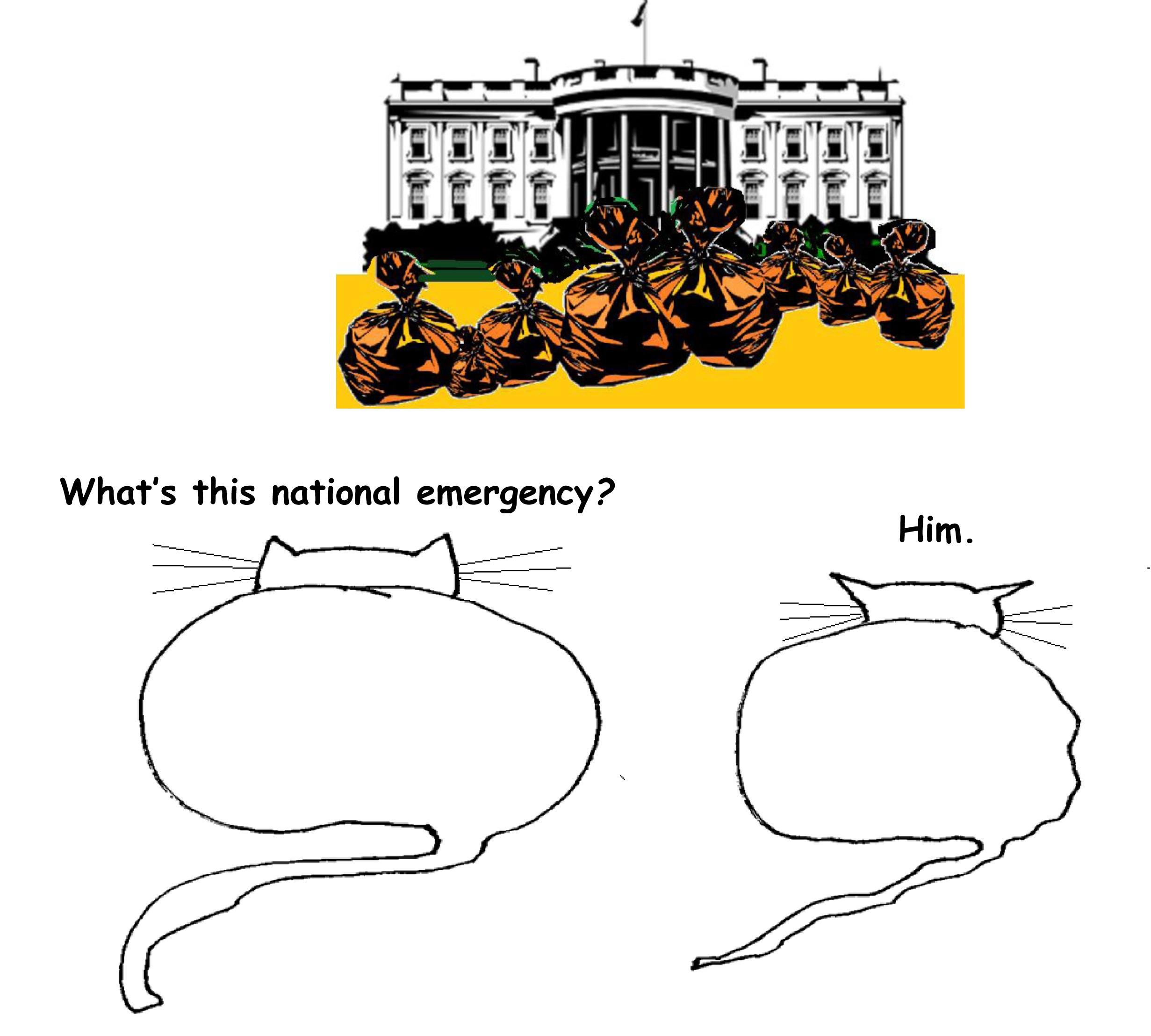


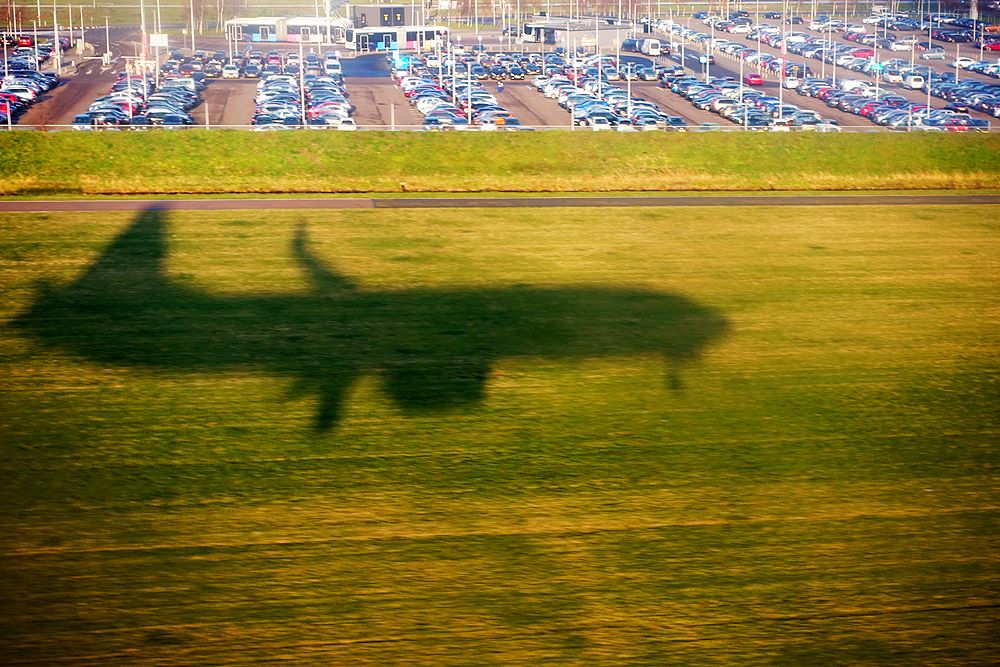

 Discussions of the factors that go into wine production tend to circulate around two poles. In recent years, the focus has been on grapes and their growing conditions—weather, climate, and soil—as the main inputs to wine quality. The reigning ideology of artisanal wine production has winemakers copping to only a modest role as caretaker of the grapes, making sure they don’t do anything in the winery to screw up what nature has worked so hard to achieve. To a degree, this is a misleading ideology. After all, those healthy, vibrant grapes with distinctive flavors and aromas have to be grown. A “hands off” approach in the winey just transfers the action to the vineyard where care must be taken to preserve vineyard conditions, adjust to changes in weather, plant and prune effectively and strategically, adjust the canopy and trellising methods when necessary, watch for disease, and pick at the right time.
Discussions of the factors that go into wine production tend to circulate around two poles. In recent years, the focus has been on grapes and their growing conditions—weather, climate, and soil—as the main inputs to wine quality. The reigning ideology of artisanal wine production has winemakers copping to only a modest role as caretaker of the grapes, making sure they don’t do anything in the winery to screw up what nature has worked so hard to achieve. To a degree, this is a misleading ideology. After all, those healthy, vibrant grapes with distinctive flavors and aromas have to be grown. A “hands off” approach in the winey just transfers the action to the vineyard where care must be taken to preserve vineyard conditions, adjust to changes in weather, plant and prune effectively and strategically, adjust the canopy and trellising methods when necessary, watch for disease, and pick at the right time.
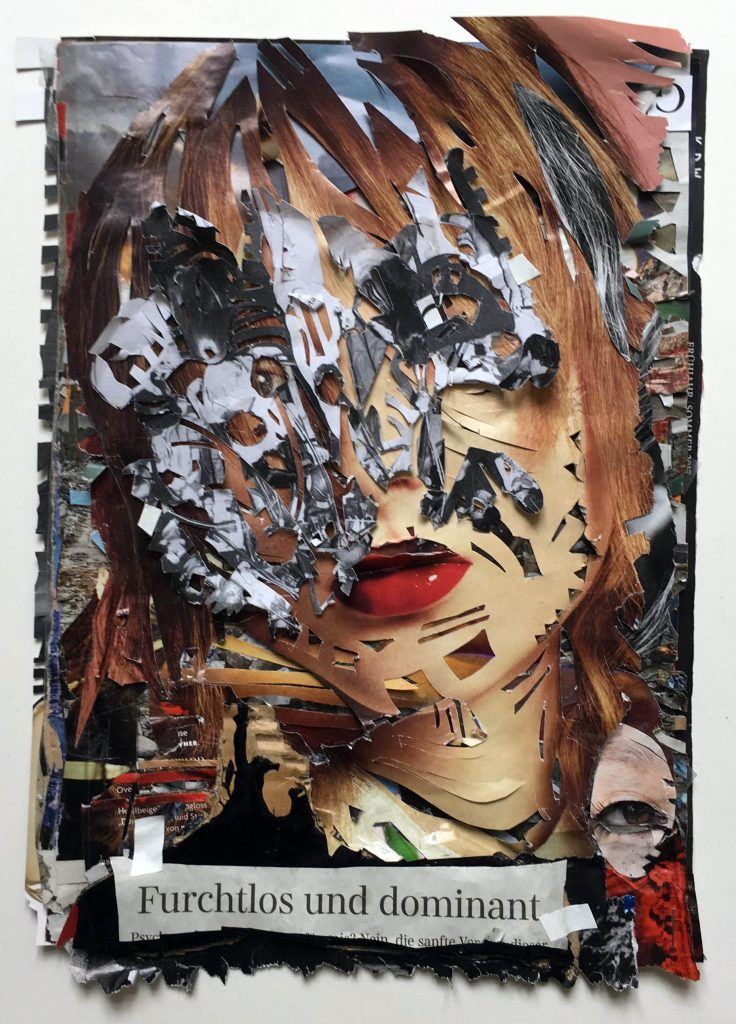
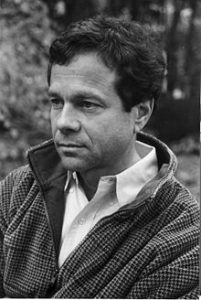
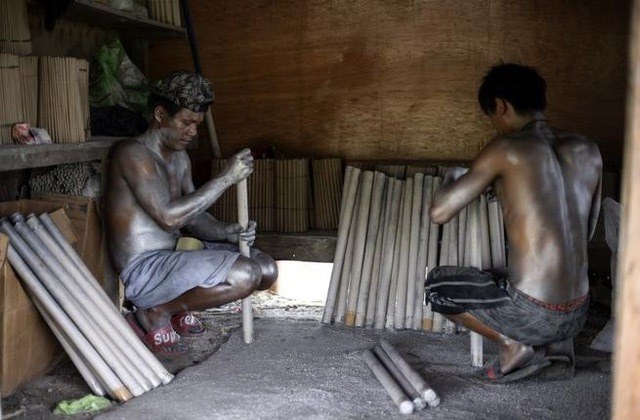
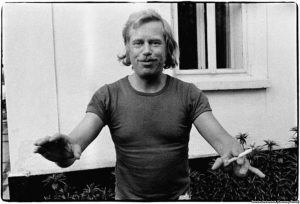 On the morning of August 20, 1968, the Czech playwright Vaclav Havel had a serious hangover. He was at his country home in Liberec after a night of boozing it up with his actor friend
On the morning of August 20, 1968, the Czech playwright Vaclav Havel had a serious hangover. He was at his country home in Liberec after a night of boozing it up with his actor friend 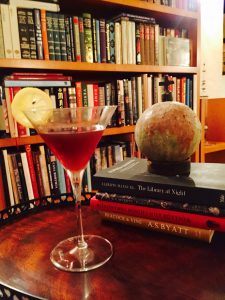 by Leanne Ogasawara
by Leanne Ogasawara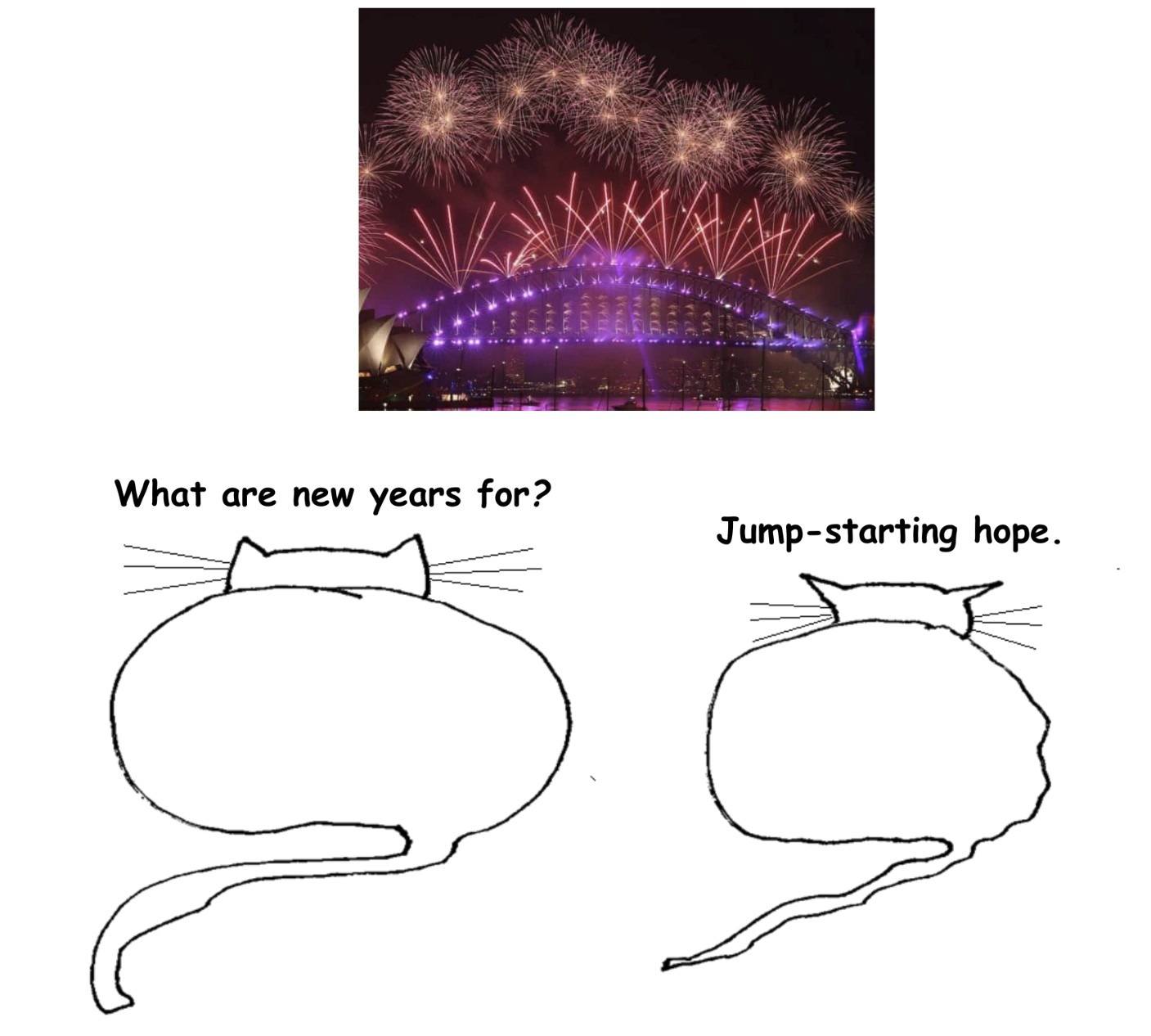
 My wife and I took a peek into the interior of Papua New Guinea twenty years ago.
My wife and I took a peek into the interior of Papua New Guinea twenty years ago. 

